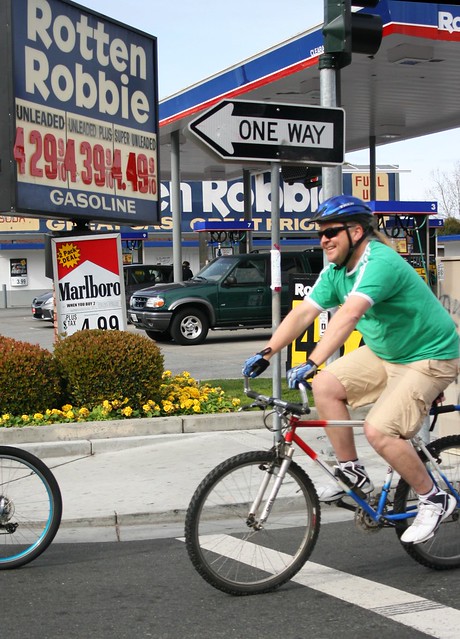
On this day in 1913, the US Patent Office awarded patent number 1,049,667 to chemist William Merriam Burton. Burton and his team developed his improved method of extracting gasoline from crude oil at the Standard Oil Refinery in Whiting, Indiana.
In his patent application, Dr. Burton writes, “The great and growing demand during the past ten years for gasolene [sic] has induced a large increase in the supply by improvements in the method of distilling from crude petroleum the naphthas. This leaves the illuminating oils … and the lubricating oils and waxes and, as residue, fuel oil and gas oil.
“The increasing demand for gasolene has induced attempts to obtain it from this residue.”
In 1912, Standard Oil of Indiana opened its first gasoline station in Minneapolis, Minnesota. Henry Ford’s Model T was just beginning to take off in popularity, and Burton’s production forecasts predicted his supply could not possibly meet the new demand. He assembled a team of chemists and engineers to develop a process using steam to “crack” petroleum — that is, breaking the heavy hydrocarbon molecules down to lighter molecules such as the components of gasoline.
Burton’s work was a great improvement over the then extant Shukhov process, and doubled the yield of gasoline from crude. Although catalytic cracking superseded Burton’s steam cracking after World War 2, Patent 1,049,667 today is seen as among the more important developments in petroleum engineering. Five years after this patent was awarded, Burton became president of a post-breakup Standard Oil of Indiana.
In 1984, Burton was inducted into the US Department of Commerce’s National Inventors Hall of Fame. In their biography of William Burton, British Petroleum notes that “Burton may be gone, but his vision still fuels the American economy.”



